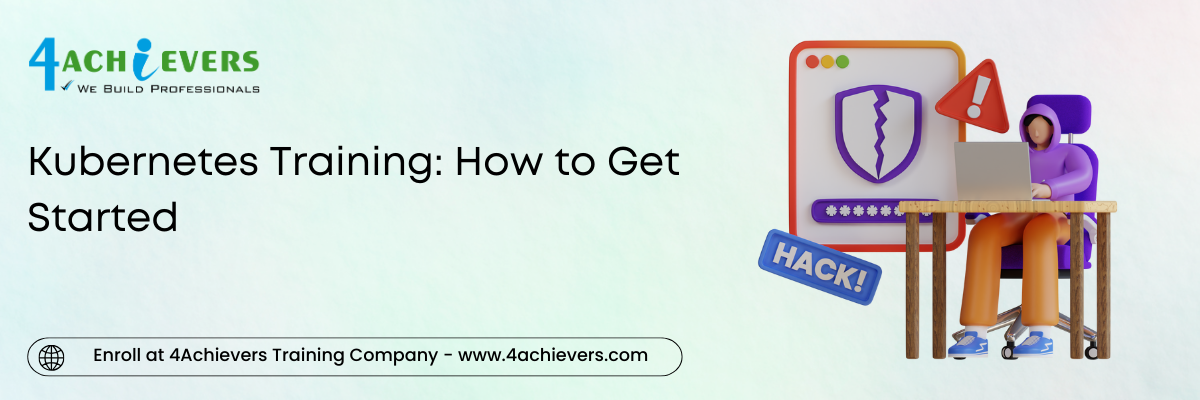Kubernetes Training: How to Get Started
Kubernetes training is becoming increasingly popular as organizations look to stay on the cutting edge of technology. Kubernetes, an open source container orchestration system, is a powerful tool for managing applications in a distributed environment. As more organizations move to the cloud and adopt Kubernetes, the need for Kubernetes training is becoming more and more important. If you’re looking to get started with Kubernetes training, there are a few key steps you need to take.
The first step in getting started with Kubernetes training is to find a reliable Kubernetes course. There are many different courses available online, as well as in-person training programs offered by various Kubernetes institutes. You’ll want to find a course that covers the basics of Kubernetes, as well as more advanced topics like networking, storage, security, and cluster management. It’s also important to make sure the course you choose is up-to-date and relevant to the version of Kubernetes you’re using.
Once you’ve found a course, the next step is to make sure you have the right tools for the job. Kubernetes requires a variety of tools to get started, including a container runtime, a container orchestration system, and a cluster manager. You’ll also need to install a Kubernetes distribution, such as Red Hat OpenShift or Google Cloud Platform. Finally, you’ll want to familiarize yourself with the Kubernetes command line tool, kubectl.
Once you have the tools in place, you can begin your Kubernetes training. You’ll want to start with the basics, such as setting up a cluster, deploying applications, and managing resources. From there, you can move onto more advanced topics, such as networking, storage, security, and cluster management. You’ll also want to learn how to use the Kubernetes command line tool, kubectl, and how to debug and troubleshoot any issues you may encounter.
Finally, you’ll want to make sure you’re taking advantage of the resources available to you. Kubernetes has a robust community of users and developers, and there are plenty of online resources to help you learn the ropes. You can find forums and mailing lists devoted to Kubernetes, as well as tutorials and documentation. And if you have any questions, you can always reach out to the Kubernetes team or the community.
Kubernetes training is an essential part of staying up-to-date with the latest technology. With the right tools and resources, you can quickly get up to speed on Kubernetes and start leveraging its powerful features for your organization. So if you’re looking to get started with Kubernetes training, make sure you’re taking the right steps to ensure you have a successful experience.

